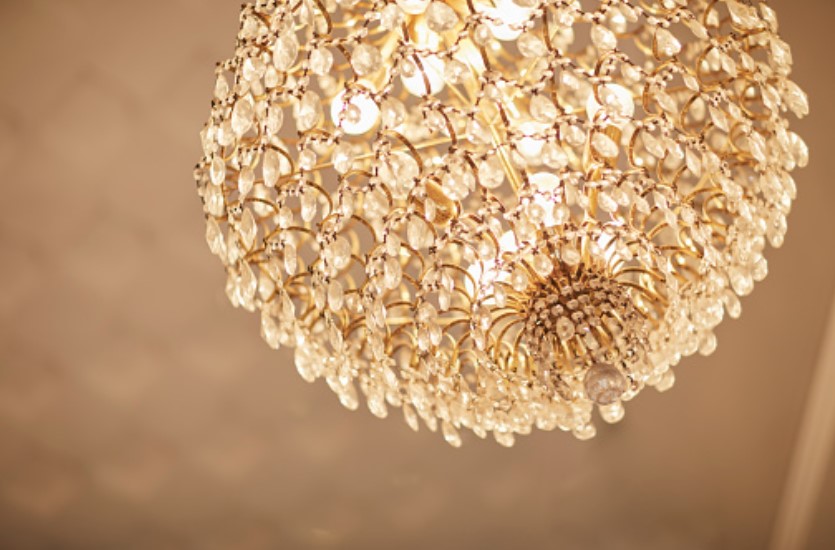
The late interior designer Albert Hadley stressed the value of lighting by saying that light and shade define design. Luxury lighting can turn a drab space into a glossy-magazine-worthy look. Too much or too little light, on the other hand, can turn even the most luxurious mansion into a headache magnet – the result of eye fatigue – and wash out or hide the luxurious features that add value to your home.
Here’s how you can use luxury lighting to liven up your interiors:
General lighting as foundation
General lighting gives the area an even glow while illuminating space. A central pendant light is the most common type of general lighting. But a luxury chandelier does the work as well and adds an elegant touch. Chandeliers draw the eye upwards.
You will need other lighting since central lighting casts unbecoming shadows on people and objects. It can also make an area look forlorn.
Let ambient lighting complement general lighting
Ambient lighting connects to a dimming mechanism that controls levels of light. This indirect kind of lighting heightens drama or mood, and is great when entertaining guests. It doesn’t cast unflattering shadows. It also makes the area look softer and more relaxing.
Try elegant floor lamps, eye-catching wall sconces that flood the wall with light, coffer lighting on ceilings, and eyeball spotlights.
Maximize task lighting
The kitchen, home office, and craft rooms require good task lighting. Add a touch of luxury by getting attractive balanced arm lamps, flexible reading lights near your bed for a relaxing bedtime read, elegant mirror bathroom lights, and statement kitchen lights.
Food preparation is easier, safer, and more pleasant with spotlights beneath cabinets, recessed downlights on worktops, or a low-hanging pendant light above a food preparation island. Task lighting that defines foot flow paths in a room, hallway, or stairs not only prevents accidents, it also suggests luxury.
Get into mood lighting
This is as crucial to an area’s overall effect as general and ambient lighting. Mood lighting makes an area inviting through pools of light that soften the shadows from general lighting.
Popular examples are French floor lamps and designer table lamps that serve as conversation pieces.
A table lamp needs a solid side table or console that hides unsightly cords or wires. Thread wires through a hidden or discreet hole drilled into the surface. You can also use clips to hide wires down the leg of a table or console. Since it’s best to install plug sockets near the lamps to avoid unsightly views, electrical planning should be done in conjunction with interior designing.
Interior designer Barbara Barry prefers to put a lampshade above eye level to illumine the entire space and avoid shadows.
The lampshade and its base should also complement furniture. Can’t decide on the size? A large lamp is safe, unless it is placed on a narrow console.
Color is important. A pale lampshade lets as much mood light shine through. Pick a darker shade if you want something atmospheric. Silver or gold linings create a luxurious glow.
Go for accent lighting
Examples are spotlights that focus on artwork, sculptures, and objects on pedestals and cabinets. Like task lighting, accent lighting consumes at least thrice as much light, and has a higher wattage.
You can also try architectural lighting, which produces a more subtle effect by focusing on textures and perimeters, not on the object itself.
Need to boost the value of your home using lighting? Consult with us at 978.590.8918, email seydyss(at)kw(dotted)com, or drop us a line here if you’re selling your luxury home in the Boston area, Northshore, and Merrimack Valley in Massachusetts. We’re only too glad to help.

